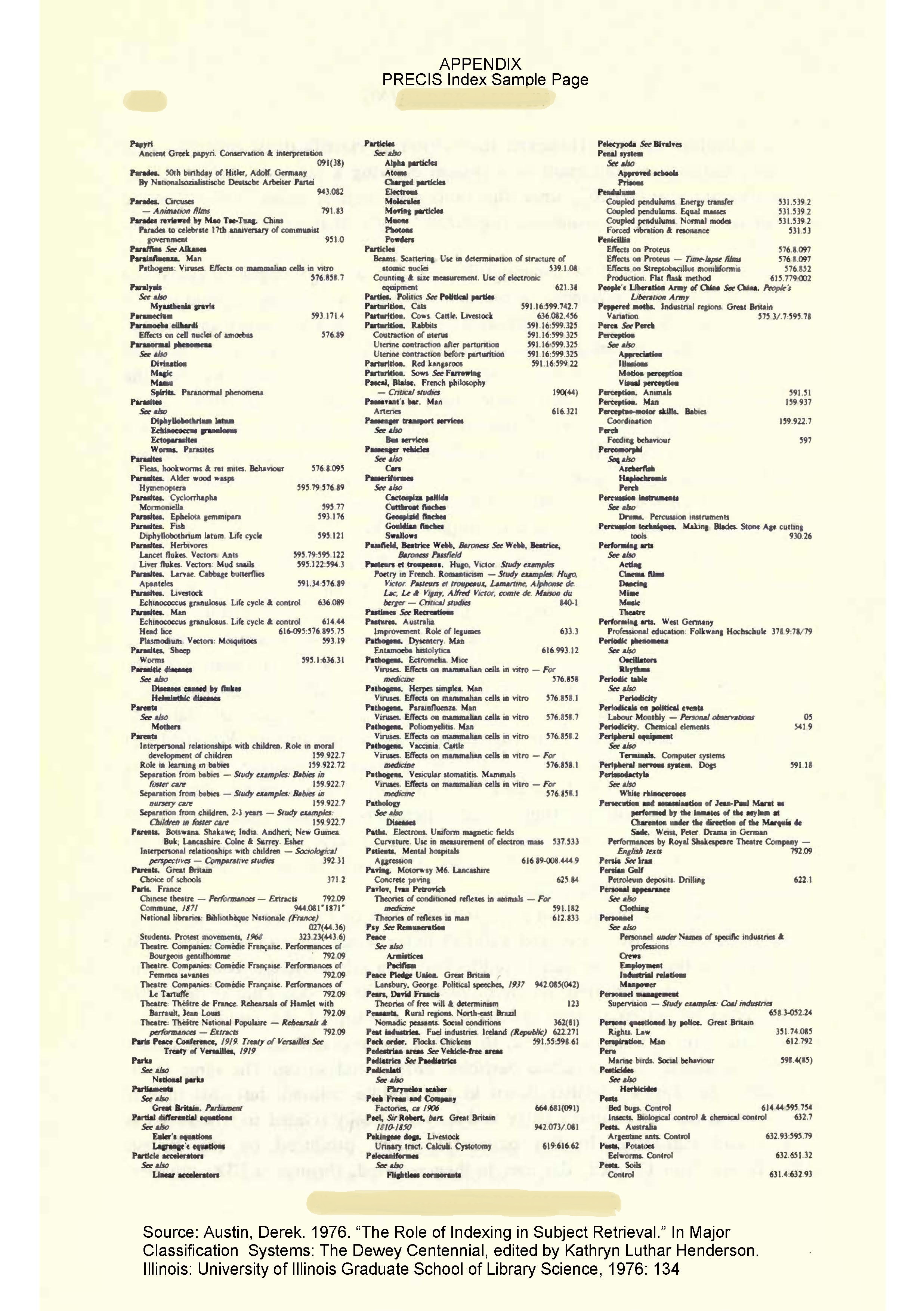 Understanding how Google’s search ranking works is a complex task. The structure of organic search results is now so intricate that even Google employees who work on the ranking algorithms struggle to explain why certain results appear at the top. The exact weighting of signals and the interplay between them is unknown.
Understanding how Google’s search ranking works is a complex task. The structure of organic search results is now so intricate that even Google employees who work on the ranking algorithms struggle to explain why certain results appear at the top. The exact weighting of signals and the interplay between them is unknown.
Despite this complexity, it is crucial for those involved in ranking to familiarize themselves with the structure of the search engine. This understanding can help explain why well-optimized pages may not rank highly and why seemingly non-optimized results sometimes appear at the top.
One important aspect to consider is the need to broaden one’s view of what is truly important. The available information clearly shows that incorporating these findings into one’s mindset can lead to a different perspective on websites and additional metrics to analyze, plan, and make decisions.
Drawing a complete and accurate picture of the search engine’s structure is extremely difficult. The interpretation of the information available on the web can vary, and terminology may differ even when referring to the same thing.
For example, the system responsible for building search results pages is referred to as Tangram in some Google documents, while others refer to it as Tetris.
Analyzing and understanding the mechanisms behind Google’s ranking system requires extensive research and analysis of numerous documents. The process involves viewing, analyzing, structuring, discarding, and restructuring almost 100 documents multiple times.
The information presented in this article represents the author’s best effort to compile and interpret the available information. It provides a glimpse into the workings of Google’s ranking system based on leaked documents and information from antitrust hearings.
When a new website is published, it is not immediately indexed by Google. The search engine must first become aware of the URL, which can happen through an updated sitemap or a link from a known URL.
Frequently visited pages, such as the homepage, attract Google’s attention more quickly. The trawler system retrieves new content and determines when to revisit the URL to check for updates. The store server decides whether the URL should be forwarded or placed in the sandbox.
Google denies the existence of the sandbox, but leaked information suggests that suspected spam and low-value sites are placed there. Some spam may be forwarded for further analysis to train Google’s algorithms.
Outgoing links from a document are extracted and sorted, both internally and externally. This information is used for link analysis and PageRank calculation. Links to images are handled separately by the ImageBot system.
Google’s indexing system, referred to as Alexandria, assigns a unique DocID to each piece of content. URLs are linked to existing DocIDs if the content is already known. Duplicate content is handled by selecting a canonical version to appear in search rankings.
The search ranking process involves various systems and algorithms. When a user enters a search term, QBST analyzes the phrase and retrieves relevant terms from the word index. The Ascorer system further processes these terms to generate a ranked list of DocIDs, known as the “green ring.”
The Superroot system re-ranks the green ring, reducing it to the top 10 results, or the “blue ring.” This process involves various filters and algorithms, some of which are known as Twiddlers. Twiddlers can adjust the IR score or ranking position of a document.
Google’s quality raters evaluate search results and test new algorithms before they are implemented. Their ratings indirectly influence ranking by training machine learning algorithms. Quality raters assess various page features and provide feedback used to identify patterns of good and trustworthy pages.
NavBoost plays a significant role in determining the order of search results by adjusting rankings based on click data and traffic patterns. Click metrics and user behavior are analyzed to adjust rankings and deliver more relevant results.
The Google Web Server is responsible for assembling and delivering the search results page. The Tangram system optimizes space usage, and the Glue system arranges the elements on the page. The CookBook system can intervene at the last moment to adjust rankings based on topicality.
Understanding the mechanisms behind Google’s search ranking is crucial for search marketers. It is important to diversify traffic sources, build brand and domain awareness, understand search intent, optimize titles and descriptions, evaluate hidden content, remove underperforming pages, enhance page structure, maximize engagement, expand existing content, align headings with content, utilize web analytics, target less competitive keywords, cultivate quality backlinks, pay attention to link context, and consider author expertise.
Overall, achieving a high ranking in Google’s search results requires a comprehensive understanding of the ranking system and continual optimization efforts. The search landscape is dynamic, and rankings can be influenced by various factors, including user behavior and algorithmic adjustments.
